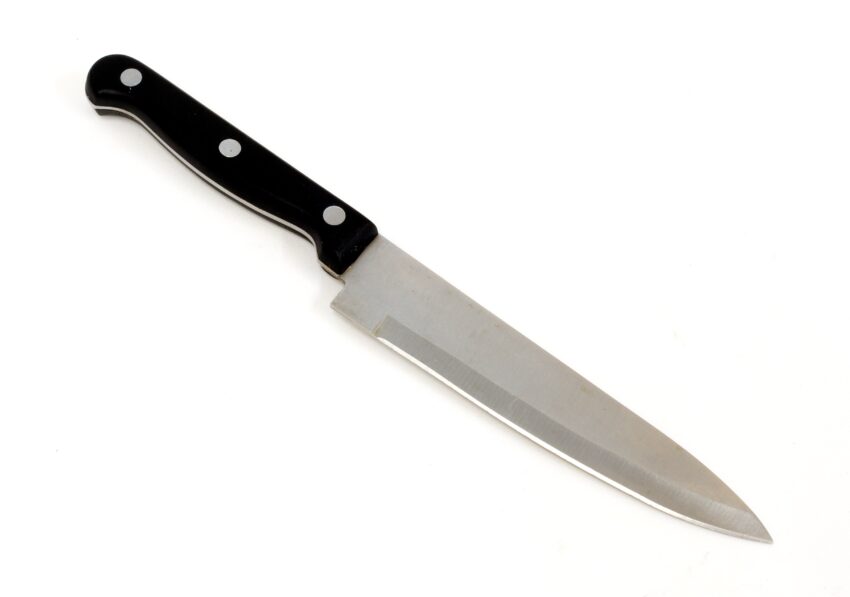Australian knife making has its roots in the necessities of pioneering life in the Outback. When European settlers began colonizing Australia in the late 18th century, they encountered an unfamiliar landscape filled with dangers. To survive, colonists relied on simple tools like knives for tasks like hunting, processing game, and basic camp chores. Early Australian knife makers emulated indigenous tool designs as well as influences from Britain, creating rugged implements suitable for the punishing conditions.
Pioneer knives were typically made by hand-forging inexpensive steel into sturdy blades suitable for multipurpose use. Hardwood handles offered better grip and durability than softer materials. Simple brass pins or tang construction joined blade and scales. While basic in design and finish, these tools proved invaluable to isolated homesteads and station workers facing extreme temperatures, wildlife threats, and arduous physical labor. Their legacy still influences modern Australian bushcraft knives.
The Rise Of Commercial Knifemaking
As the colony grew, some knife makers began specializing and ing their work commercially. In the late 19th century, several small manufacturers emerged to supply knives for changing needs. Machining allowed for mass production and standardization. New steels, heat treatments, and precision construction boosted performance. Traditional styles like stockman and shearer’s patterns appeared. Decorative touches like engraving, stag handles, and leather sheaths increased appeal.
Local knife brands increased popularity through advertising and word-of-mouth. Companies like Buck, Australian Knife Company, and Otter established reputations for quality tools. Their knives saw use in outback working roles as well as military, sporting, and collectors’ circles. After World War II, tourism inspired souvenir editions featuring national symbols. Evolving lifestyles created new sizes, locking mechanisms, and specialized blades. Today, several renown brand names keep heritage designs in production while innovating modern traction.
Australian Knives In Culture
Australia Knife hold deep cultural significance as hardy tools representing pioneer spirit and self-reliance. Common types feature prominently in folklore, artworks, and gifts celebrating national heritage. Stockman and shearing patterns appear frequently in illustrations of the Australian Outback and rural life. Historical reenactments showcase regional traditions like stock whip and stockman competitions demonstrating skills with these classic blade shapes.
Knife making itself inspires respect as a venerable craft tradition. Aboriginal toolmaking techniques inform bushcraft styles. Contemporary makers draw from pioneering influences while advancing the craft. Events like the Australian Bladesmith Guild’s annual forging challenge celebrate technical mastery and innovation. Custom commissions reflect an enduring fascination with personalized functional art. Top museums showcase important collections of Australian made blades. Their popularity endures through appreciation of pioneering heritage, craftsmanship, cultural stories, and functional elegance.
Collecting Australian Knives
Rugged good looks and attachment to Australian heritage appeal to knife collectors worldwide. Vintage specimens fetch high prices, especially rare factory prototypes and maker-numbered limited editions. Important manufacturers continually issue reissues and commemorative patterns maintaining historical accuracy while advancing fit, finish and steels. Collectible grades may feature premium materials, elaborate engraving, presentation cases or certificates of authenticity.
Variant handle types like stag, bone, exotic woods and modern synthetics introduce novelty. Some devote collections specifically to a single brand or era. Others assemble comprehensive overviews of regional styles, incorporating bushcraft, utility, fighting and souvenir designs. Exhibitions and auctions showcase investment-grade specimens. Online forums connect collectors worldwide. As Australian knife making evolves, its classic designs and craft legacy maintain popularity among collectors and admirers of history, function and skilled manufacture.
Australia Knife culture runs deep through heritage, functionality and manufacturing excellence. Simple colonial tools evolved alongside pioneering challenges into superbly engineered brands prized worldwide. Revered designs maintain connection to pioneering roots while advancing performance. Contemporary knifemaking champions both traditional craft and innovative design. Collectors preserve and celebrate this proud legacy through acquisition of historically noteworthy specimens. All witness the enduring fascination of these hardy, handsome tools intrinsically linked to Australian history and character.
*Note:
1. Source: Coherent Market Insights, Public sources, Desk research
2. We have leveraged AI tools to mine information and compile it

